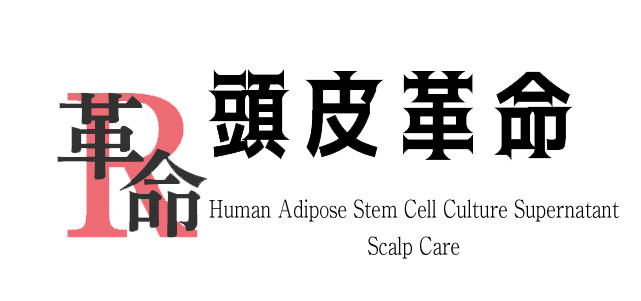Human adipose stem cell culture medium and scalp
Stem cells are cells that have the ability to differentiate into cells of various tissues in the body and to proliferate through repeated division, and are involved in the physiological regeneration of their respective tissues.
Used in medicine and aesthetics are adipose-derived stem cells harvested from human subcutaneous fat.
At medical institutions, stem cells isolated from human adipose tissue are grown and cultured, and increased to 50 million to several hundred million cells before being returned to the body.
As the name “human adipose stem cell culture medium” implies, the supernatant fluid (culture medium) of the solution used to culture and grow stem cells is used as a raw material for cosmetics.
This supernatant solution used to culture stem cells contains a hundred kinds of active substances such as various kinds of cytokines (physiologically active substances) and growth factors (growth factors).
On the surface of human cells, there are receptors, which are like keyholes. Human adipose stem cell culture medium is rich in components that act as keys (ligands) to match these keyholes and activate the cells, which is thought to be the reason for its effectiveness.
Human adipose stem cell culture fluid promotes the proliferation of epidermal cells and fibroblasts (which produce collagen, hyaluronic acid, and elastin) and accelerates skin turnover, potentially activating skin renewal and keeping the scalp healthy.
In addition, growth factors contained in human adipose stem cell culture fluid are expected to normalize the hair cycle (growth phase, regression phase, and resting phase) disrupted by the hair loss hormone DHT.
Even if AGA (male pattern baldness) has developed, hair matrix cells that make hair grow still remain, so the activation of hair matrix cells by growth factors can be expected to be effective.




